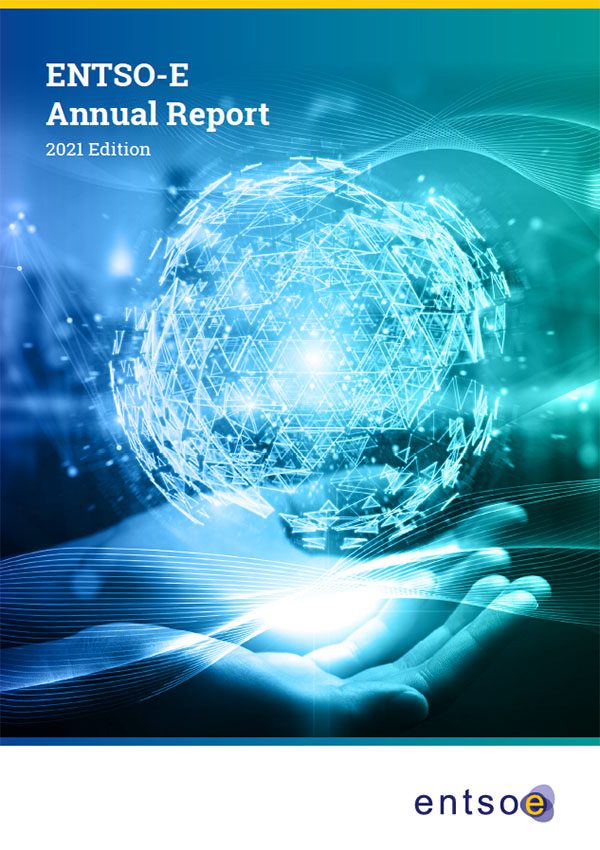7 TSO–DSO partnership and demand-side flexibility
Integration of distributed flexibilities
A key area for TSO–DSO cooperation is active system management and the coordinated use of distributed flexibility. Storage, distributed generation and customer participation through demand-side response have the potential to provide new services for the grid and the system. These are known as distributed flexibilities, and their integration in the operation and market process will be key to efficient management of the electrical system of the future.
ENTSO-E pursued its cooperation with the EU DSO Entity on this topic with the approval of a Joint Roadmap on Distributed Flexibility describing the common system operators’ perspective on new rules enabling demand-side flexibility.
The report investigates and provides recommendations for the evolution of the regulatory framework regarding four areas: market access and rules for aggregation, product design and procurement, T&D coordination processes, and finally measurement, validation and settlement of flexibility services. Stakeholders were consulted during the development and the final deliverable was shared with the European Commission and ACER.
In complement to this top-down regulatory analysis, ENTSO-E and Frontier Economics have published a report which investigates the ownership and operating models of eight platforms where flexibilities can be traded and that facilitate dispatch and/or settlement of energy or system services between TSOs, DSOs and DERs.
Memorandum of understanding
The Assemblies of ENTSO-E and the EU DSO Entity both approved in 2021 a MoU which provides a framework for the two Associations to fulfil their legal obligations as per article 30(1) and 55(2) of Regulation (EU) 2019/94319. It covers the following areas: development and amendments of network codes and guidelines, cooperation on the monitoring of network codes and guidelines, promotion of best practices related to the planning and operation of transmission and distribution systems, as well as provisions to facilitate institutional cooperation between the two Associations.
Key dates & documents
10 Nov 2021: Publication of the Review of Flexibility Platforms
19 The MoU was effectively signed and entered into force in January 2022.
Other areas of cooperation
ENTSO-E cooperated with the DSOs associations on TYNDP 2022 (and notably on the common scenario building a new approach to prosumers modelling. The Association also contributed to the editorial team set up by the European Commission under the Task Force Smart Grids for the development of recommendations on the implementing acts for data interoperability and access, alongside DSOs experts.
With the constant increase of renewable generation, storage and active customers largely connected to the distribution grid, DSOs and TSOs must strengthen their coordination and exchange the necessary information for operating their networks securely while ensuring distributed flexibilities are used when and where they provide the most value to the whole electricity system.
Download
ENTSO-E Annual Report 2021
This Annual Report covers the period January to December 2021. It focuses on the legal mandates given to ENTSO-E and on the Pan European All TSOs tasks, facilitated by ENTSO-E. The activities covered in this report were performed thanks to the 42 members of ENTSO-E who provide its financial resources and whose staff provides expertise to the Association.
Chapters:
- System Operation
- Market
- System Development
- Transparency Regulation
- Research, Development and Innovation
- Cybersecurity, Interoperability and Data
- TSO–DSO partnership and demand side flexibility





